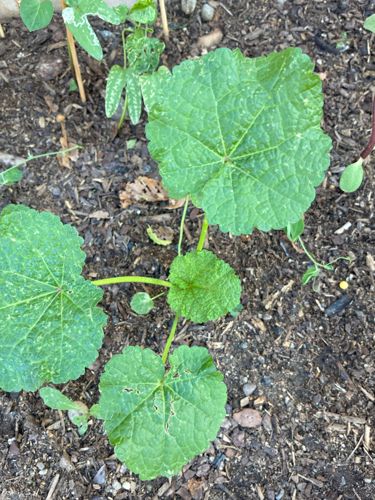Okra
Scientific Name: Abelmoschus esculentus
Plant Family: Malvaceae (Mallow family)
Native Region: Likely of Abyssinian origin (Ethiopia and the eastern Sudan bordering Ethiopia), though it has been cultivated in many parts of the world, particularly in tropical and subtropical regions.

Brief Description
Okra is an annual plant growing to 2 meters (6.6 feet) tall. The leaves are 10–20 cm (4–8 in) long and broad, palmately lobed with 5–7 lobes. The flowers are 4–8 cm (1.6–3.1 in) in diameter, with five white to yellow petals, often with a red or purple spot at the base of each petal. The fruit is a capsule up to 18 cm (7.1 in) long, containing numerous seeds.
Care Instructions
Okra thrives in full sun and fertile, well-draining soil with a pH between 6.5 and 7.0. It requires regular watering, especially during dry periods, to produce tender pods. Okra is a warm-season crop and should be planted after the last frost when soil temperatures are consistently above 65°F (18°C). Fertilize with a balanced fertilizer if soil is poor. Harvest pods when they are 2-4 inches long and tender; larger pods tend to be fibrous.
Medicinal Value
We do not currently provide medicinal value for plant identifications.
Created At: 2025-09-04T00:03:07.466661